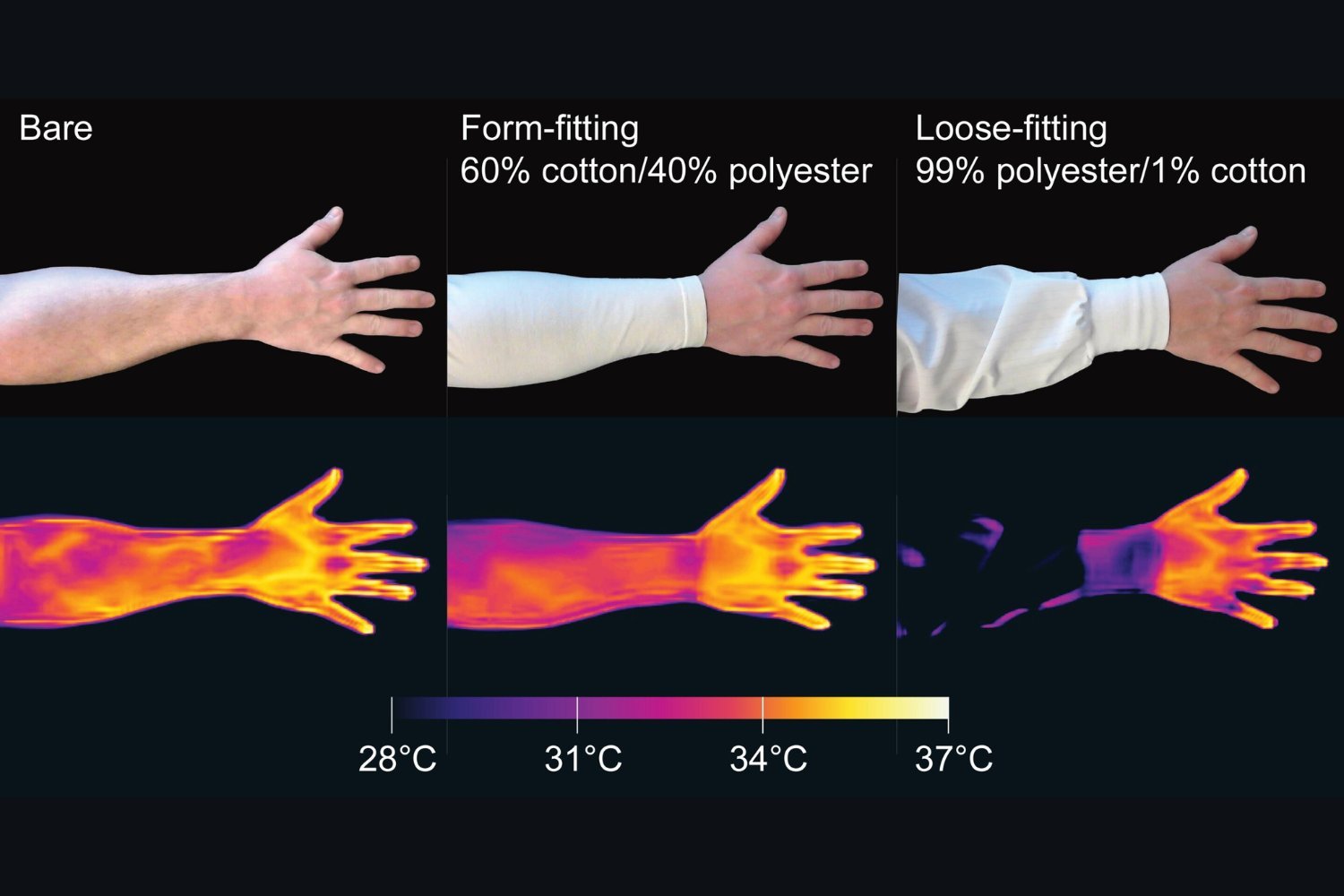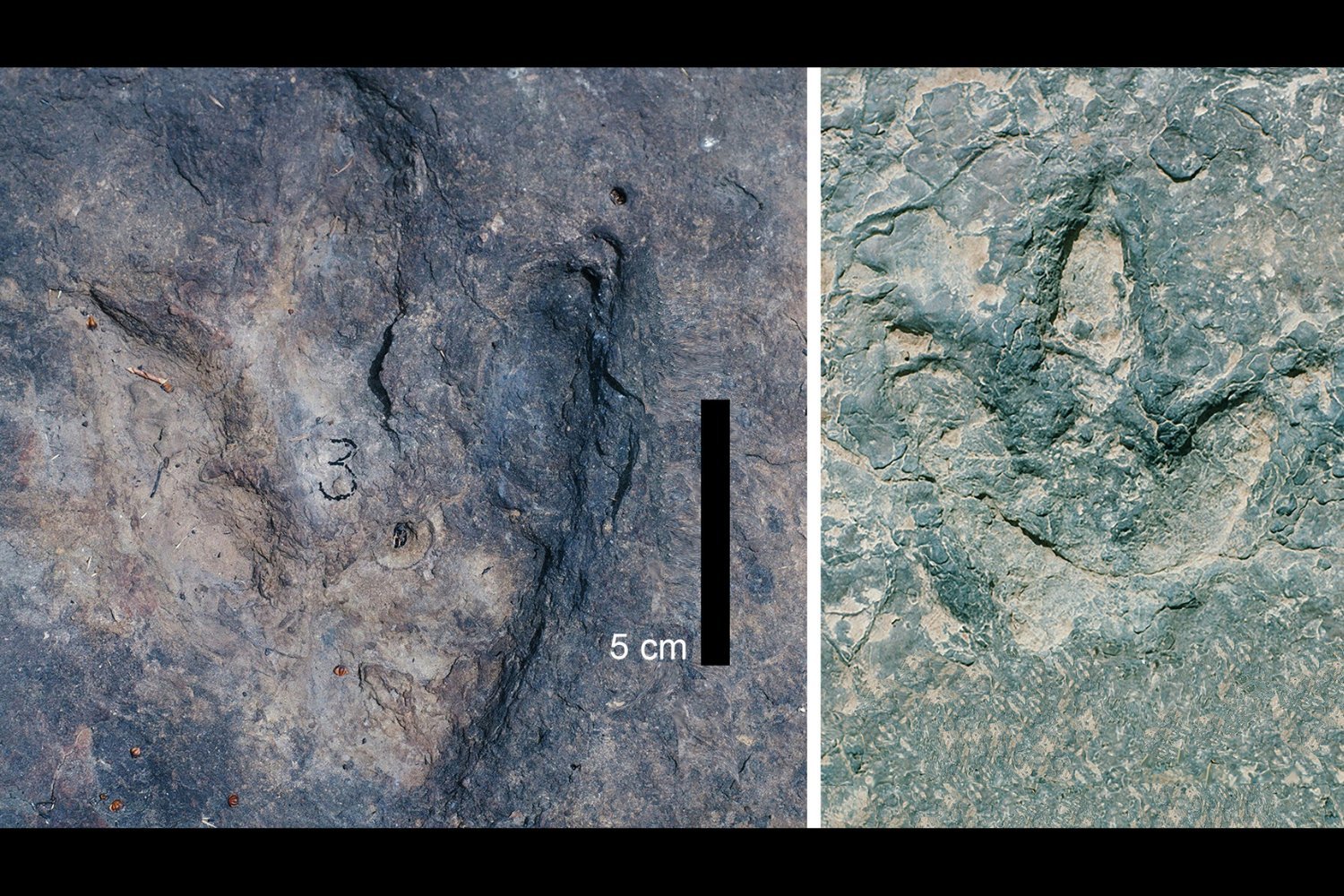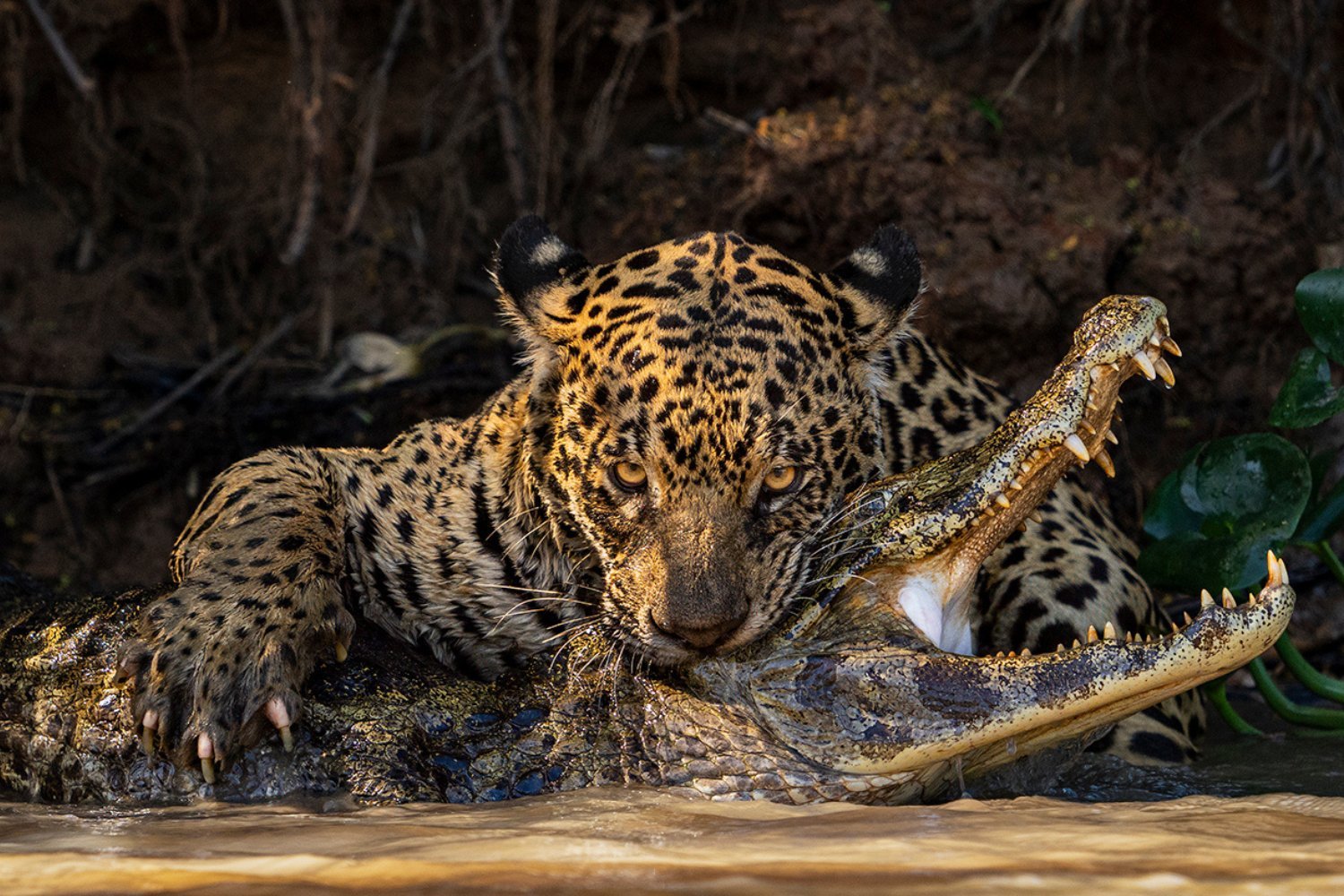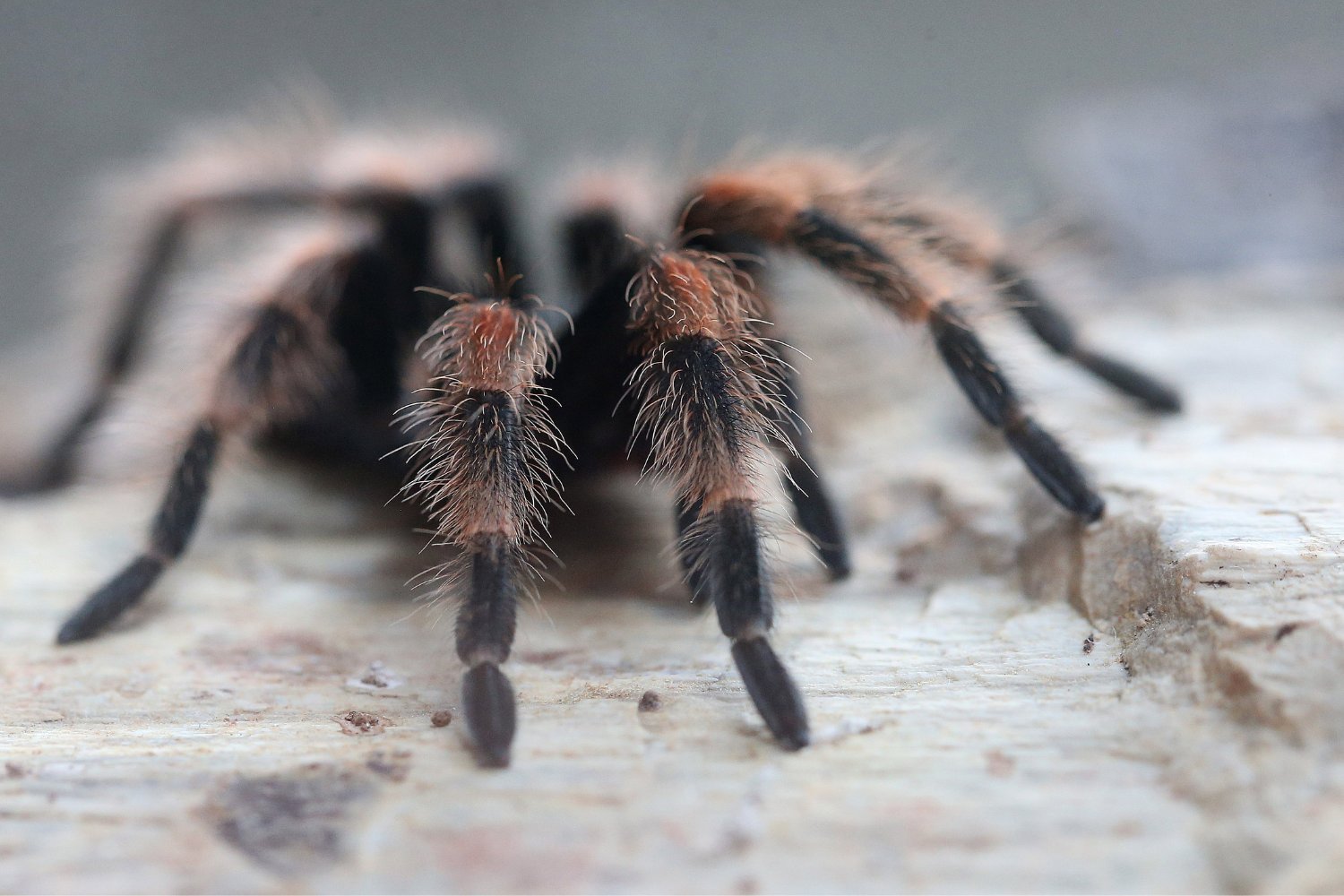Humpback whales, known for their majestic size and haunting songs, are now recognized for another remarkable ability: tool use. A recent study reveals these intelligent marine mammals craft intricate bubble nets to efficiently capture prey, solidifying their place among a select group of tool-using animals.
Researchers observing humpback whales off the Alaskan coast in July 2019 witnessed a fascinating spectacle. Over five days, they documented the whales constructing bubble nets, a known hunting behavior. Intrigued, the scientists meticulously recorded the nets’ structure, measuring size, bubble spacing, and depth. This initial observation sparked a two-year research project, involving multiple expeditions and the analysis of hundreds of bubble nets created by dozens of individual whales. A consistent pattern emerged: each net comprised multiple circular rings of bubbles, decreasing in size towards the center.
A detailed analysis of this data, published in Royal Society Open Science, revealed the whales’ precision and control over their bubble-net construction. The whales weren’t simply blowing bubbles randomly; they actively manipulated the nets’ size and structure by adjusting the rate of bubble production while maintaining a constant swimming speed. This allowed them to fine-tune the depth and spacing of the bubbles, creating effective traps.
These carefully constructed nets serve as underwater barriers, corralling krill, small fish, and other prey into a concentrated area for easy consumption. While it might seem intuitive that this method would save energy, the research suggests otherwise. The study found that the breathing rate of net-building whales was similar to that of whales employing a simple lunge-feeding technique. Furthermore, the energy expended in creating the nets appears comparable to the energy used by non-net-feeding whales during hunts.
So, what’s the advantage of bubble-net feeding? The answer lies in prey density. The researchers observed that for every lunge a net-using whale took, a non-net user would need to lunge up to 15 times. This translates to a sevenfold increase in prey density for the tool-using whales, maximizing their food intake with each mouthful.
This sophisticated behavior aligns with the definition of tool use: the deliberate manipulation of an “unattached environmental object” to influence another object or organism. “Many animals use tools to help them find food but very few actually create or modify these tools themselves,” explained Lars Bejder, director of the University of Hawaii’s Marine Mammal Research Program. “These whales skillfully blow bubbles in patterns that form nets with internal rings, actively controlling details like the number of rings, the size and depth of the net, and the spacing between bubbles.”
Tool crafting, while observed in various species including mammals, birds, fish, and insects, remains a relatively rare phenomenon in the animal kingdom. This remarkable ability further highlights the intelligence and adaptability of humpback whales, making them even more fascinating creatures of the deep.











